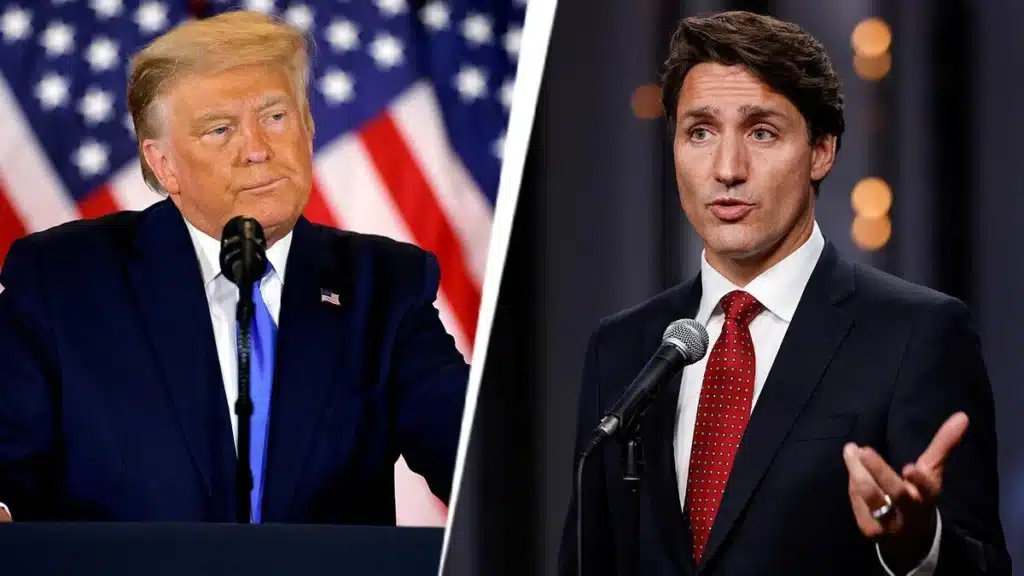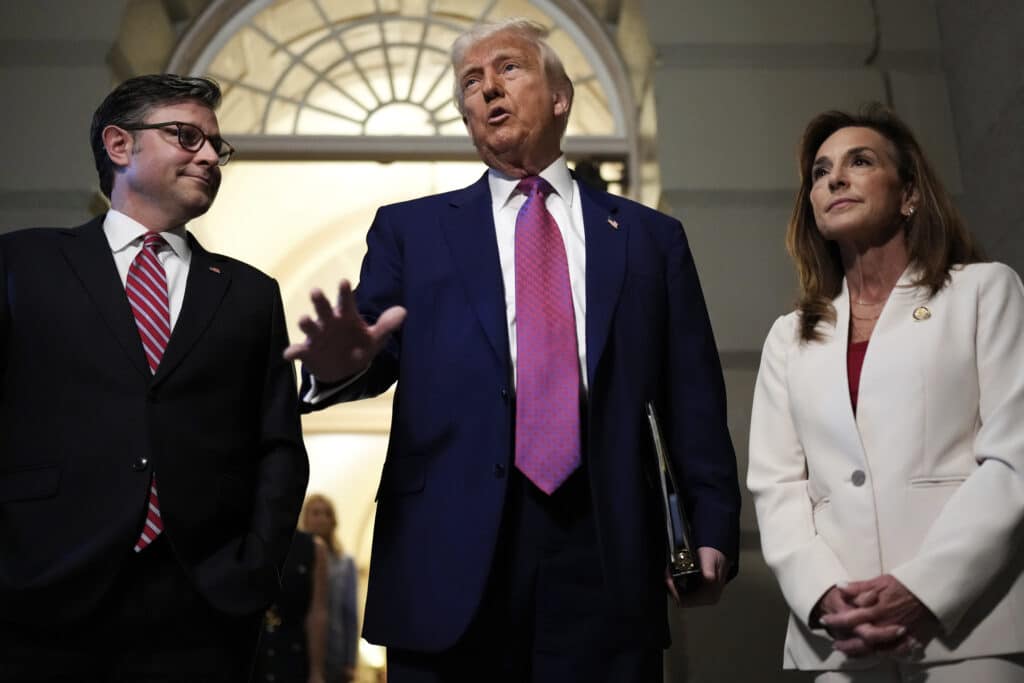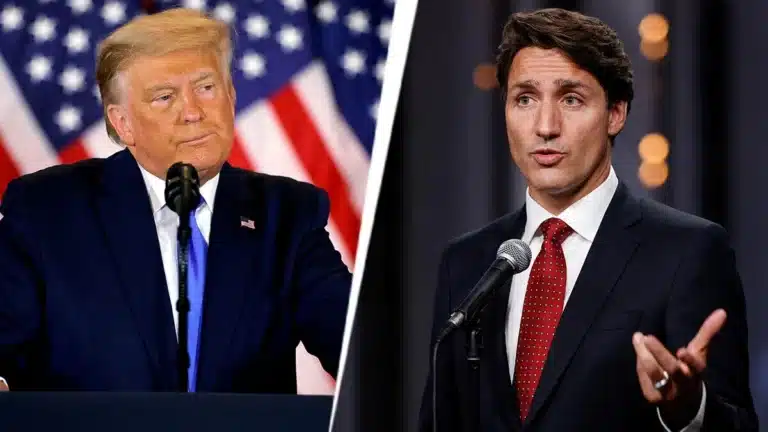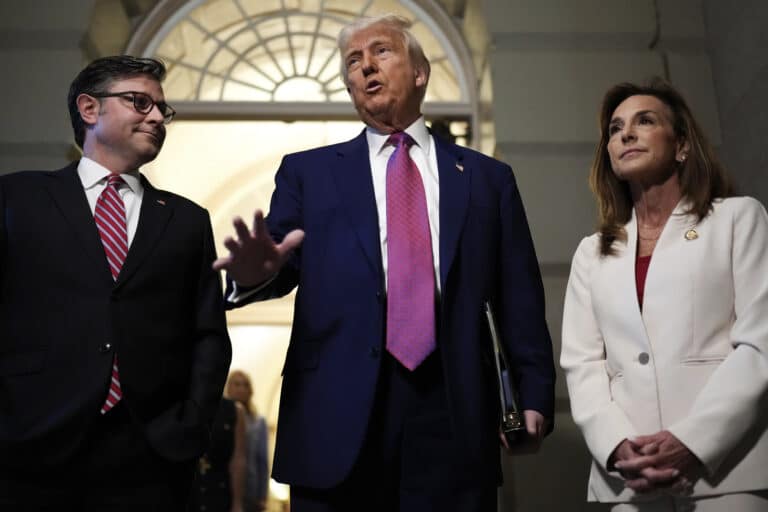A recent nonpartisan analysis has drawn national attention to the consequences of the newly passed domestic-policy package. According to Congress’ nonpartisan scorekeeper, the Congressional Budget Office (CBO), this so-called megabill would impose significant annual costs on the country’s lowest-income families while delivering substantial gains to the wealthiest. Lawmakers and citizens are now closely examining these findings, as debates intensify over whether such policy choices will further deepen the economic divide.
The numbers behind the megabill
An in-depth review of the legislative changes reveals striking disparities across income levels. The CBO projects that the poorest households would lose about $1,600 per year—nearly 4 percent of their annual income. For families already struggling to cover essentials like food and healthcare, this loss feels especially severe.
Meanwhile, the richest households are expected to benefit substantially. The same analysis predicts an average increase of around $12,000 a year for top earners, adding more than 2 percent to their yearly income. This stark contrast raises important questions about how federal resources are being reallocated through this package.
- Poorest households: Lose $1,600 annually (almost 4% of income)
- Middle-income households: Gain between $500 and $1,000 a year
- Richest gainers: Receive around $12,000 extra (just over 2% of income)
Impact on low- and middle-income households
The effect on low-income families extends beyond reduced earnings. Cuts to programs such as Medicaid and food assistance have immediate repercussions on daily life. Many depend on these government supports to pay medical bills or put meals on the table. When federal policies reduce aid for the most vulnerable, every dollar lost impacts basic needs.
For middle-income Americans, the situation is mixed. While increases between $500 and $1,000 each year may sound positive, they pale in comparison to what wealthy households receive. With ongoing concerns about stagnant wages and rising living expenses, these modest boosts offer only limited relief.
Benefits to the richest Americans
The data reinforce perceptions that the rich get richer while the poor get poorer. Much of the financial gain for high-income groups comes from extended tax cuts favoring investment and business income—streams primarily enjoyed by those at the top. Expanded deductions for state and local taxes also play a major role, providing additional benefits to affluent taxpayers.
This redistribution of resources has sparked frustration among critics who argue that social safety nets should be preserved, particularly during uncertain economic times. As the megabill moves forward, advocates emphasize the stark difference between losses faced by modest-income households and the windfalls granted to the highest earners.
Why these disparities exist
Analysts attribute these projected outcomes to a mix of tax policy changes and spending reductions. Extensions of Trump-era tax provisions feature prominently, with targeted rate reductions originally set to expire now renewed—disproportionately benefiting individuals with higher incomes.
At the same time, lawmakers have implemented cuts to essential support programs. Medicaid and food assistance, crucial lifelines for millions, have both been scaled back. These reductions directly contribute to the forecasted annual loss of $1,600 for the poorest households, as core subsistence programs face significant setbacks.
The role of expanded deductions
Lifting caps on certain deductions, particularly for state and local taxes, stands out as another factor driving wealth upward. While intended to assist residents in high-tax regions, the largest impact falls on those already in upper tax brackets. Individuals with larger mortgage payments and higher local taxes stand to gain the most.
Debates continue over whether such measures genuinely spur economic growth or simply amplify existing inequalities. Supporters insist that lower taxes can encourage investment and entrepreneurship, while critics counter that fewer resources reach those most in need under this framework.
Medicaid and food assistance reductions
Cutbacks extend into programs vital for family stability. Reductions in Medicaid eligibility mean fewer people can afford necessary treatments and medications. When access narrows, low-income households often delay care until emergencies arise, leading to difficult choices and worsening health outcomes.
Similarly, trimming food assistance undermines household security. Food prices rarely decrease, so any reduction in nutritional support leaves families with tight budgets at greater risk. Scaling back these federal programs can push more individuals toward hardship, which explains why the nonpartisan analysis has triggered concern among advocacy organizations and editorial boards alike.
Political responses and ongoing debate
This dramatic shift in resources has not gone unnoticed in the political arena. Democratic leaders have quickly condemned the bill, describing it as a deliberate transfer of wealth upward. Representative Brendan Boyle called it “shameful,” arguing that the legislation turns its back on communities facing the greatest financial need.
Supporters in the House defend the measure by pointing to potential long-term benefits, such as increased economic activity and streamlined taxation. They contend that extending established tax relief helps foster growth and sustains businesses still recovering from post-pandemic challenges. Nonetheless, much of the public conversation remains focused on concerns about widening gaps between comfortable and working-class Americans.
Reactions beyond Congress
The ripple effects of the megabill extend well beyond Capitol Hill. Advocacy groups representing seniors, children, and individuals with disabilities warn that compounded hardships could emerge if key supports disappear. State governments, responsible for administering many federally funded programs, are preparing for a potential surge in residents needing emergency assistance due to lost subsidies.
Economists and commentators offer varied perspectives. Some caution against assuming that savings for the wealthy will automatically translate into broader prosperity. Others express skepticism regarding claims that large-scale tax relief leads directly to productivity gains, noting that such benefits may simply accumulate in the accounts of those already holding significant assets.
Questions for the future
Looking ahead, discussions persist about whether this legislation truly addresses the values and needs of the broader population. Data showing that the poorest households $1,600 a year loss underscores the stakes inherent in budget decisions made within government corridors. Voices from many sectors are urging reconsideration or amendments that might soften the impact on society’s most vulnerable members.
Beneath the headline figures lie deeper questions about fairness and opportunity. Does public policy serve everyone equally, or does it unintentionally perpetuate cycles where the poor get poorer? As lawmakers revisit the details, ongoing debates about fiscal justice, resource distribution, and the best path forward for national recovery remain central topics in town hall meetings and public forums.









